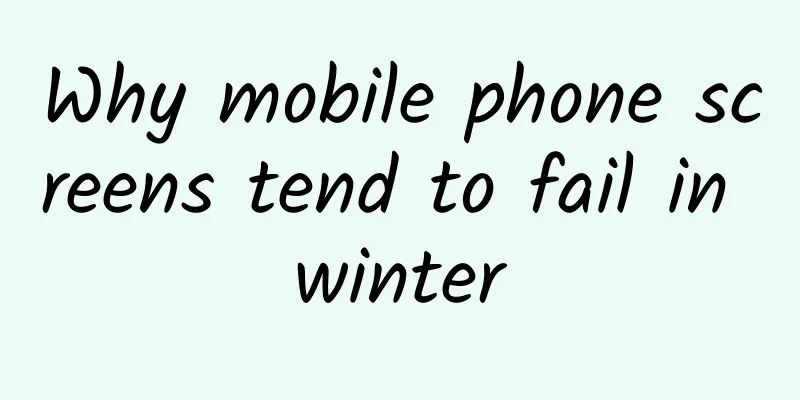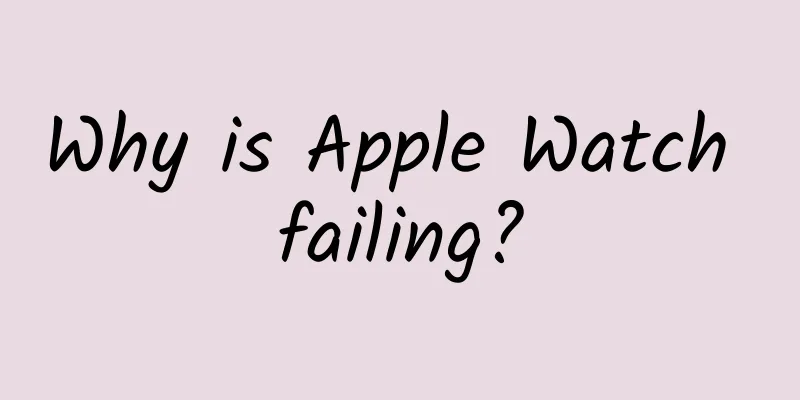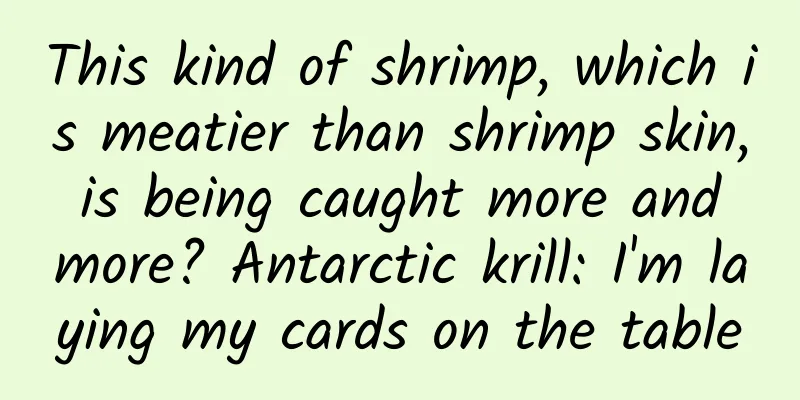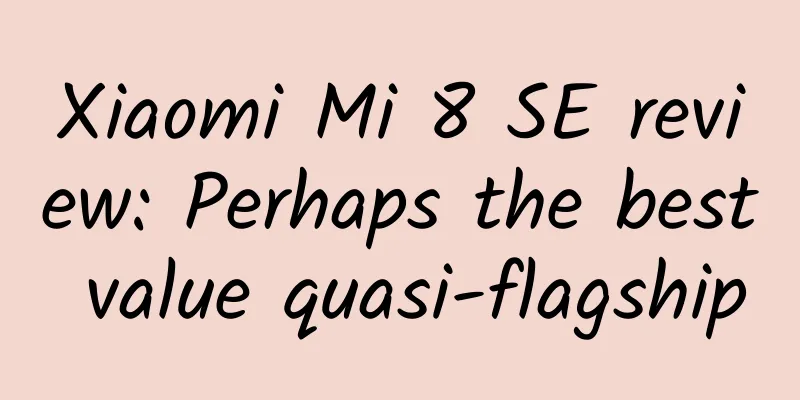Queqiao-2: How does the “postman” on the Moon “chat” with the Earth?
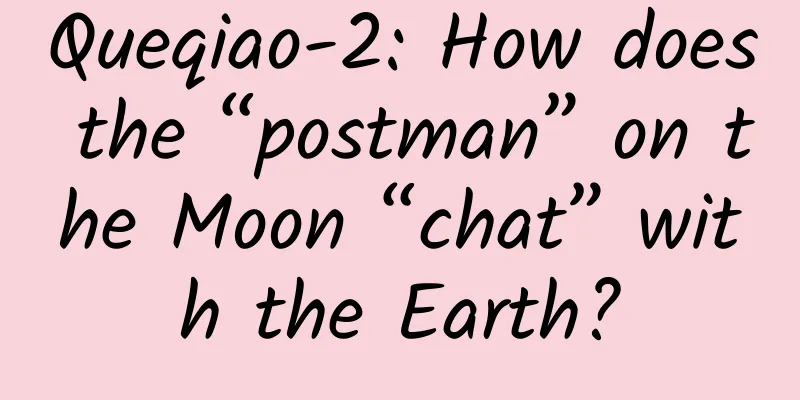
|
Did you know that the Earth and the far side of the Moon are like two "old stubborn people" who always face each other and cannot talk directly? In order to enable them to communicate, scientists have invented a clever device called a "relay satellite", which is like a "postman" floating in space to help them deliver information. The Queqiao-2 relay satellite recently launched by my country is one of them. It is like a "communication tower" built in the lunar orbit, dedicated to transmitting information to the probe on the back of the moon. So, how does Queqiao-2 communicate with the earth and the back of the moon? Sensitive "ears": high-gain antenna Queqiao-2 has a super cool "golden umbrella", which is not an ordinary umbrella, but a 4.2-meter-diameter deployable antenna, like a sensitive "ear", which can focus weak signals from the earth and the back of the moon and transmit them to the receiver of the probe. Queqiao-2 is also equipped with a 0.6-meter-diameter S/Ka dual-band parabolic antenna. This configuration enables the relay satellite to efficiently send and receive data on different frequency bands. Frequency band used by Queqiao-2: S/Ka dual-band Speaking of frequency band, this is a professional term. Simply put, frequency band is the "channel" for signal transmission. Queqiao-2 uses multiple frequency bands, just like we can choose different operators when making a phone call. Different frequency bands have different characteristics and advantages, which can make the signal transmission farther and more stable. Queqiao-2 uses the S/Ka dual-frequency for communication, with the S band used to communicate with the Earth and the Ka band used to communicate with the probe on the back of the Moon. The S band has a frequency range of 2-4 GHz, a longer wavelength, and a stronger penetration ability, so it is suitable for long-distance communication between the Earth and the Moon. The Ka band has a frequency range of 10.7-12.75 GHz, a shorter wavelength, and a wider bandwidth, so it can transmit more information. The S band is like the frequency of a slow grandfather telling a story. It is relatively stable and reliable, and is suitable for sending control commands or less urgent scientific data, just like sending a warm reminder to the lunar rover to "remember to take a family photo today." The Ka band is like a supercar, with super-fast speeds. It is used to transmit large amounts of data, such as high-definition photos or videos of the lunar surface. It is like emergency express delivery, which can quickly send the beautiful lunar scenery captured by the probe to our home on Earth. The S/Ka dual-band parabolic antenna of Queqiao-2 is like two different "microphones" and "earphones", one for listening carefully to the instructions of Mother Earth, and the other for telling the "explorers" on the moon loudly and quickly, and also bringing the stories on the moon back to Earth. In this way, no matter how much or how little information there is, whether it is urgent or slow, Queqiao-2 can respond flexibly to ensure smooth and efficient communication between the moon and the earth. Powerful "megaphone": high-power transmitter In order to clearly transmit information to the probes on the Earth and the back of the moon, Queqiao-2 is equipped with a high-power transmitter that can send out strong microwave signals. Even after long-distance transmission, the signal can maintain sufficient strength. Error correction "password": ensure information integrity During the transmission process, microwave signals may be subject to various interferences, resulting in information distortion. To solve this problem, scientists added a special "code" to the signal, called forward error correction code. This code is like a checkpoint that can detect and repair errors that occur during the transmission process, ensuring that the information can be transmitted intact to the detectors on the Earth and the back of the moon. Conclusion: Keep exploring and you will never be alone Queqiao-2 will provide reliable communication links for the Chang'e-6, Chang'e-7 and Chang'e-8 lunar far side probes, supporting these probes in conducting scientific exploration and research and helping us uncover more mysteries of the lunar far side. Source: Chongqing Radio Science Popularization Experience Center Audit expert: Yang Yaohui Statement: Except for original content and special notes, some pictures are from the Internet. They are not for commercial purposes and are only used as popular science materials. The copyright belongs to the original authors. If there is any infringement, please contact us to delete them. |
>>: Why are Capybaras so keen on rolling in the mud in the hot summer?
Recommend
ASO optimization techniques and ideas necessary for APP promotion
I often hear friends complain, how can they promo...
China Academy of Information and Communications Technology: China's 5G mobile phone shipments reached 128 million units in the first half of 2021, a year-on-year increase of 100.9%
China Academy of Information and Communications T...
C919 opens a new route again. How can a tiny aviation tire carry a plane weighing hundreds of tons?
□ Don't respect the principle of becoming a g...
Lao Jiang's "First-line Upgrade" advanced class's latest handicap is a new trick to achieve the secret of being one step ahead
Lao Jiang's "First-line Upgrade" Ad...
Twitter executive: Apple's new iOS 14.5 privacy collection permission policy has little impact
Beijing time, April 30 morning news, Twitter toda...
What is Huawei worried about in order to regain the neglected low-end mobile phone market?
Recently, it was reported that Ren Zhengfei, the ...
There is no dry goods, just my personal experience in operation for more than 2 years.
It’s about operations and growth. Time flies, and...
A guide to creative optimization of information flow in four popular industries: e-commerce, automobiles, games, and tourism
Information flow advertising has now become an es...
The difference between communication and marketing is a good story
What do most people do when they build a brand? T...
Where do domestic goats come from? The answer lies in their Tianshan "brothers"!
The steep cliffs seem like flat ground under thei...
A complete list of APP promotion methods in 2019, take it and don’t thank me!
This article mainly makes a comprehensive knowled...
Wearing AR glasses to assemble the Chinese space station, super cool
Not long ago, several students from Tsinghua Univ...
Volvo is caught up in a controversy over counterfeit audio systems, Bowers & Wilkins becomes Bowers & Wilkins fake audio systems, where are the interests of users?
Volvo, which rarely has scandals, has recently be...
How to do new media promotion? Real estate planning case details
Introduction: Interactive content and full networ...
Schmidt vs. Jobs, Android vs. iOS
[[120647]] The following is excerpted from the ne...
